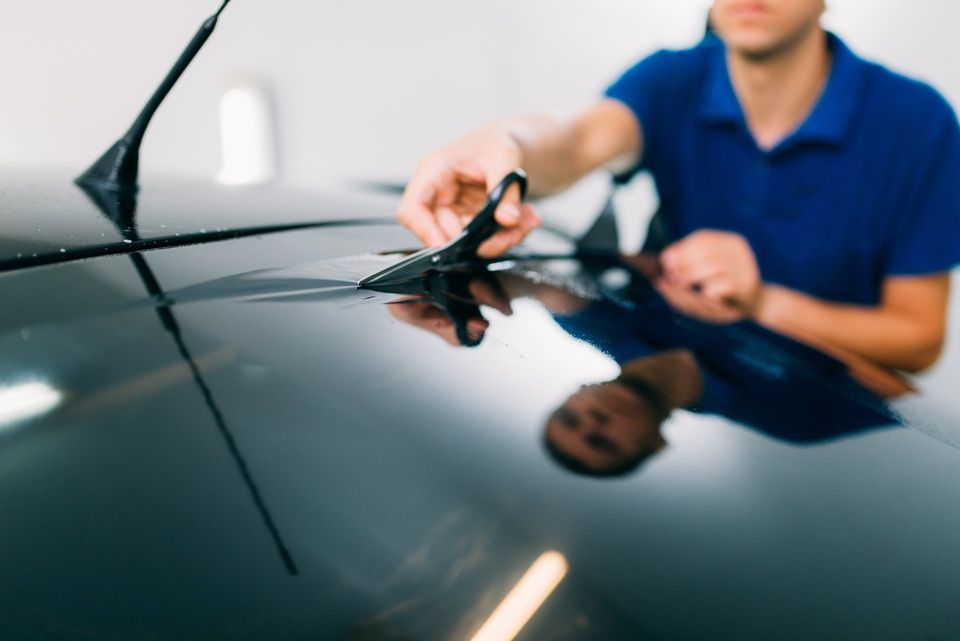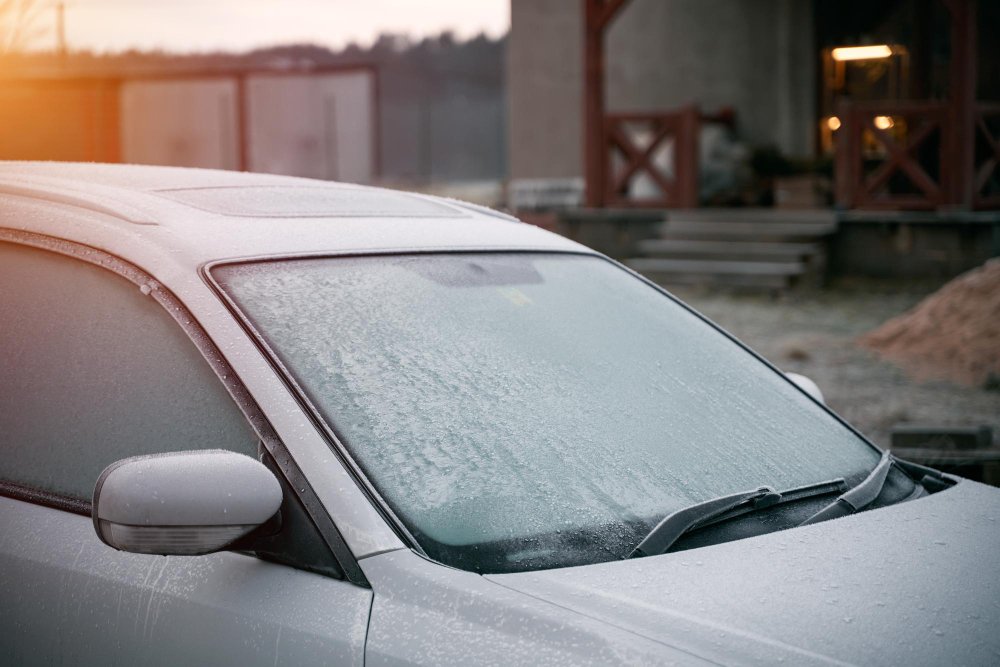Budget-friendly Window Tinting Clovis: Reduce Energy Costs and Improve Aesthetic Appeals
Exploring the Numerous Kinds Of Window Tinting: A Comprehensive Introduction for Vehicle Owners
In the realm of vehicle improvements, window tinting sticks out as a practical selection for automobile owners aiming to improve convenience and visual appeals while providing essential security. With numerous kinds of films offered-- ranging from dyed and metalized to advanced ceramic options-- each offers unique advantages and possible downsides that warrant mindful factor to consider. Additionally, comprehending the legal guidelines controling tinting in various territories includes an additional layer of complexity to the decision-making procedure. As we discover these options, the implications for both performance and compliance become progressively clear.
Benefits of Window Tinting
Window tinting uses a myriad of advantages that enhance both the aesthetic appeal and performance of cars. One of the main advantages is the reduction of damaging ultraviolet (UV) rays, which can cause skin damage and raise the threat of skin cancer cells. By blocking up to 99% of UV radiation, tinted home windows give crucial protection for travelers during lengthy trips or daily commutes.
Additionally, window tinting significantly improves indoor convenience by lowering glare and heat build-up. This not only creates a much more pleasurable driving experience yet also minimizes the dependence on a/c, leading to sustain financial savings. Improved personal privacy is an additional vital benefit; colored windows cover the sight right into the automobile, protecting individual valuables and making sure a complacency for residents.
Additionally, home window tinting can prolong the lifespan of a vehicle's interior by decreasing sun damages, such as fading and breaking of upholstery. Ultimately, several jurisdictions recognize the aesthetic value of colored home windows, which can raise a vehicle's general appearance and resale value. In summary, the multifaceted benefits of home window tinting make it a valuable financial investment for vehicle proprietors seeking to boost safety and security, style, and convenience.
Kinds Of Window Tint Films
A range of home window tint movies are readily available on the marketplace, each created to meet various needs and choices. One of the most usual types include dyed, metalized, ceramic, and hybrid movies.
Dyed movies are popular for their visual charm, as they give a darker tint without reflecting light. Metalized films, on the various other hand, include steel particles that show heat and UV rays, boosting durability and performance.
Ceramic films represent a costs alternative, providing exceptional warmth being rejected and UV defense without the disadvantages of reflectivity. These movies are non-conductive and do not impact electronic gadgets, making them a popular choice among auto owners looking for high efficiency. Crossbreed films incorporate the benefits of colored and metalized movies, providing an equilibrium between price and performance.
Selecting the right film relies on specific priorities such as warm denial, appearances, and spending plan. Comprehending the attributes of each kind can lead car owners in making notified decisions that straighten with their specific needs and choices.

Legal Regulations on Tints
Legal laws on window tinting differ substantially across various areas, mirroring regional regulations and safety criteria targeted at making sure motorist visibility and security. In the United States, for instance, each state has its very own set of guidelines controling the permitted levels of color webpage darkness, normally gauged by Visible Light Transmission (VLT) portions. While some states enable darker colors for back home windows, others impose stricter limitations on front side home windows and windshields.
Globally, regulations can differ also a lot more substantially (window tinting clovis). Nations may enforce total bans on tinting or restrict it to lighter tones. In the European Union, the front windshield should allow at the very least 75% of light to pass through, while the front side home windows have to allow at least 70%.
Compliance with these policies is critical, as failure to adhere can cause penalties, necessary elimination of non-compliant tints, and even car assessments. As a result, lorry owners must familiarize themselves with their regional regulations prior to applying home window tinting. Consulting with professionals and assessing state or nationwide guidelines can help ensure that any chosen tint complies with legal requirements, ultimately enhancing both safety and security and appearances.
Installment Process and Factors To Consider
When taking into consideration the installation of home window tinting for vehicles, numerous vital variables must be taken into consideration to guarantee an effective end result. First and primary, picking the right kind of tint is crucial, as different products use different degrees of heat being rejected, UV security, and aesthetic charm. Furthermore, it is essential to inspect local policies pertaining to color darkness and reflectivity to continue to be certified with the legislation.
The installation procedure itself can be performed do it yourself or Web Site by an expert. While DIY sets are available, expert setup is usually recommended for ideal results. Professionals have the needed skills, tools, and experience to make sure a flawless application, which reduces the threat of bubbles, folds, description or peeling.
Before installation, the car's windows need to be extensively cleansed and dried out to avoid impurities from interfering with the adhesive. By taking into consideration these factors, vehicle owners can boost their driving experience while ensuring the long life and effectiveness of their home window tint.
Upkeep and Treatment Tips
Proper upkeep and treatment are essential for preserving the appearance and performance of window tinting after installation. To ensure longevity, lorry proprietors ought to wait at the very least 48 hours before rolling down their windows, permitting the glue to cure appropriately. Routine cleaning is vital; however, it is essential to use gentle, ammonia-free solutions and soft microfiber fabrics to avoid scratching the color.
When washing your lorry, stay clear of high-pressure water sprays directly on the colored home windows, as this can damage the glue in time. Instead, make use of a damp towel to clean the surface gently. Furthermore, avoid utilizing rough materials, such as rough sponges or brushes, which can damage the tint.
Examine your window tint occasionally for indicators of bubbling, peeling off, or staining. Consult an expert to identify whether repair services or replacements are needed if any kind of concerns are detected. Auto parking in shaded areas or utilizing sunshades can better shield your tint from prolonged sunlight direct exposure, which can lead to fading.
Verdict
In recap, understanding the different kinds of home window tinting is important for lorry owners intending to boost convenience, looks, and protection. Correct setup and maintenance even more guarantee ideal performance and longevity of the tint.
In summary, the multifaceted benefits of home window tinting make it a valuable investment for car proprietors looking for to boost safety, design, and comfort.
Legal guidelines on window tinting vary considerably throughout various regions, reflecting regional regulations and safety and security standards aimed at guaranteeing chauffeur presence and security. While some states permit darker tints for rear windows, others enforce stricter limits on front side home windows and windscreens.
